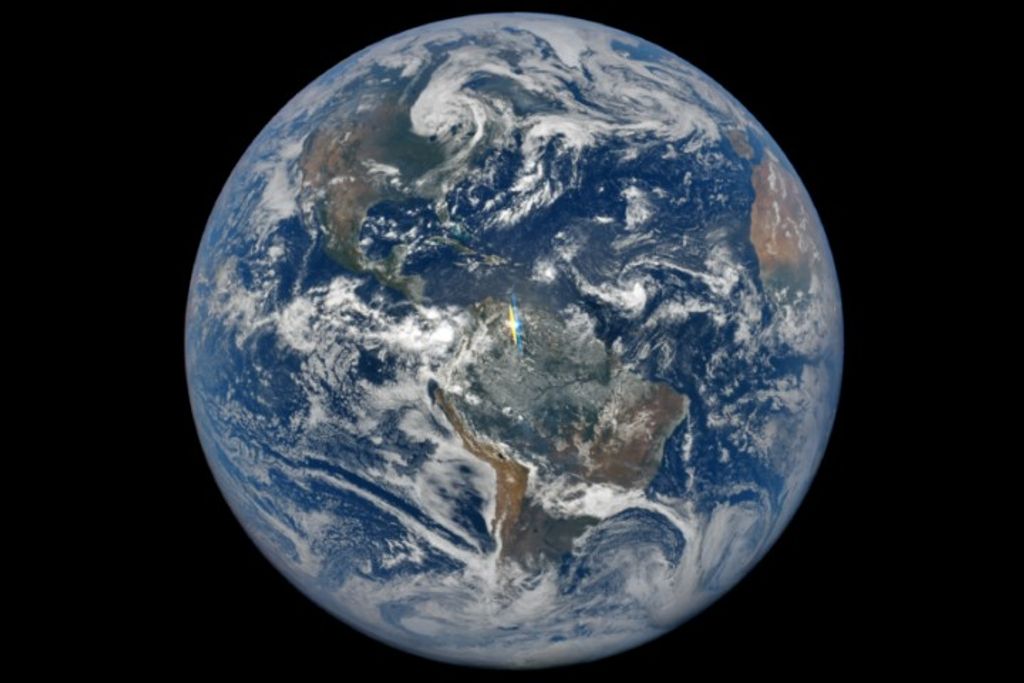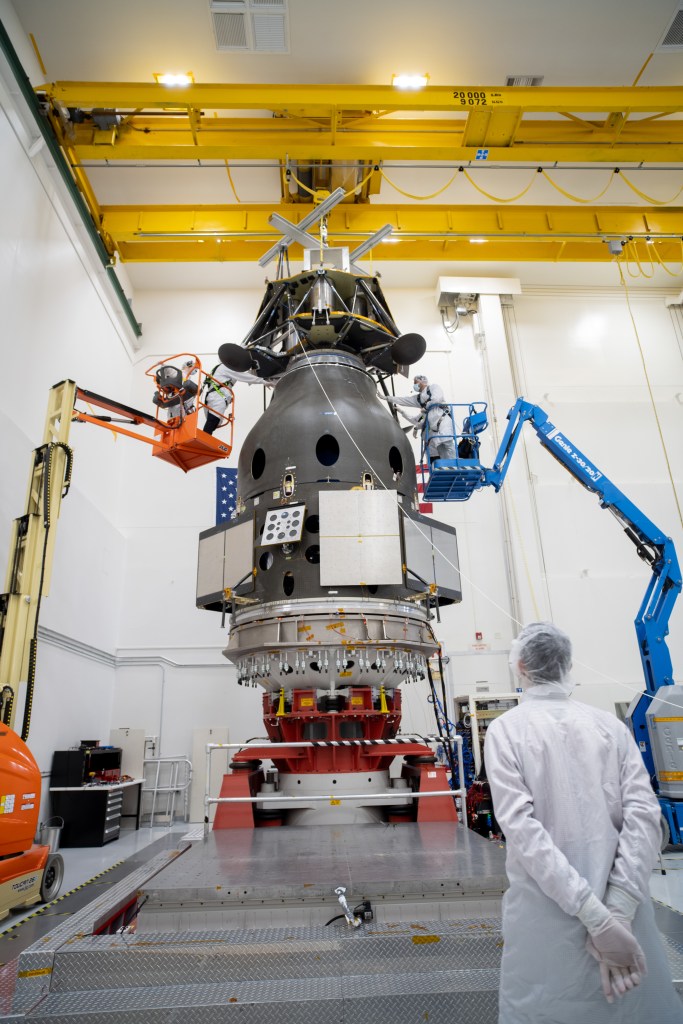Clara Wright
Contents
Personal Essay
Growing up in Colombia and immigrating to the United States when I was only 8 years old in 1988, I never would have imagined I would end up working as a materials engineer in a Failure Analysis Laboratory at Kennedy Space Center (KSC). My parents made the ultimate sacrifice in leaving behind everything they knew and owned, including a comfortable lifestyle with modest careers, and moving to a new alluring country to give their children a better future with ample opportunities. My dad saw his life transformed from being a university professor to working as a restaurant busboy and as a toll booth attendant. He was able to learn a new language and, over the years, went back to school several times to get various master’s degrees and work his way back to where he had been professionally in his native Colombia. Through their hard work and dedication, my parents were an excellent example of perseverance as well as providing an example of how to use education to achieve your dreams. I started out knowing very little English and had to attend an ESOL (English for Speakers of Other Languages) program for a year in elementary school. I enjoyed math classes because I was not hindered by the language barrier. Even back then, I would often tell people I was going to be a research scientist when I grew up. I attended space camp in middle school and loved it, but the possibility of working for NASA was an out-of-reach dream. Having inherited my parents’ work ethic and a scientific curiosity, I excelled in math and science courses throughout middle and high school. I attended a magnet math, science, and engineering high school that provided courses in calculus, differential equations, and matrix theory but, more importantly, introduced me to engineering. I was attracted to problem solving and logic puzzles and knew that engineering was a great fit for my aptitudes. With my parents’ limited resources, two older brothers already in college, and a younger sister soon to follow, I worked hard to receive the grades and test scores needed for scholarships. Through the National Merit Scholarship, Florida Bright Futures Scholarship, and several community-service scholarships, I was able to fully fund my studies at the University of Florida and graduate summa cum laude in materials engineering with a metals specialty.My interest in materials engineering stemmed from wanting to work in the biomaterials field designing prosthetics, implants, and other bio-compatible components. However, I worked various internships in the power and oil industries and fell in love with failure analysis—or, as I like to call it, the CSI (crime scene investigation) of engineering. A failure analyst plays detective by using engineering principles and highly advanced microscopy techniques to determine the root cause of failure of a hardware component. I attended Pennsylvania State University for a master’s degree and was blessed when the NASA recruiter that I talked to during a career fair happened to be a materials engineering division chief at KSC in search of someone to work in the Materials Failure Analysis Laboratory. I visited KSC a few months later and fell in love with the NASA culture and the energy that exuded from the current shuttle/International Space Station work, as well as from the history of the Apollo Program.
I accepted the job and started working in August 2005. My position at KSC has been constantly evolving and I have had amazing opportunities to grow professionally and personally. My passion has always been in failure analysis. It is greatly gratifying to say that I am one of a handful of people in the world who get to work on hardware that has been in space or is part of the launch structures. One of the more personally gratifying aspects of my job is to go to schools or participate in outreach activities where I get to talk to young students about the exciting work of a materials engineer at NASA so that they may consider their niche within the NASA family. One of the degrees that my dad received was in counseling for multicultural children, and he uses my story to show them that the sky is the limit, or better yet, that they too can reach the stars.
A recent memorable moment was showing my parents and my husband the Failure Analysis Laboratory during Family Day at KSC and seeing their pride in the work that I perform. One thing I particularly appreciate about the NASA culture is that it embraces well-rounded employees and presents these opportunities to share the joys of work at KSC with family and friends. Mine is one of a multitude of interesting stories about NASA employees. Although my career is young, I am driven by the meaningful work that I currently have and look forward to the opportunities to come.
Biography

Although Clara Wright had to learn a new language and adapt to a different culture at the age of 8, when her family moved from Colombia to the United States, she was always fluent in the language of hard work, perseverance, and integrity – thanks to the example set forth by her parents. Today, Ms. Wright supports failure analysis of metallic components at Kennedy Space Center, and assists fire and mishap investigations to provide recommendations that are used to prevent future failures and ensure personnel and equipment safety and reliability. Even though she has the “job of her dreams,” she admits that her participation in outreach programs and in talking to young students about NASA are the most gratifying aspects of her work. In fact, she has been such an inspiration that her father now uses her as an example of how to succeed. “One of the degrees that my dad received was in counseling for multicultural children, and he uses my story to show them that the sky is the limit, or better yet, that they too can reach the stars.” Ms. Wright holds a bachelor’s degree from the University of Florida and master’s degrees from Pennsylvania State University in materials science and engineering with a metals specialty.
























